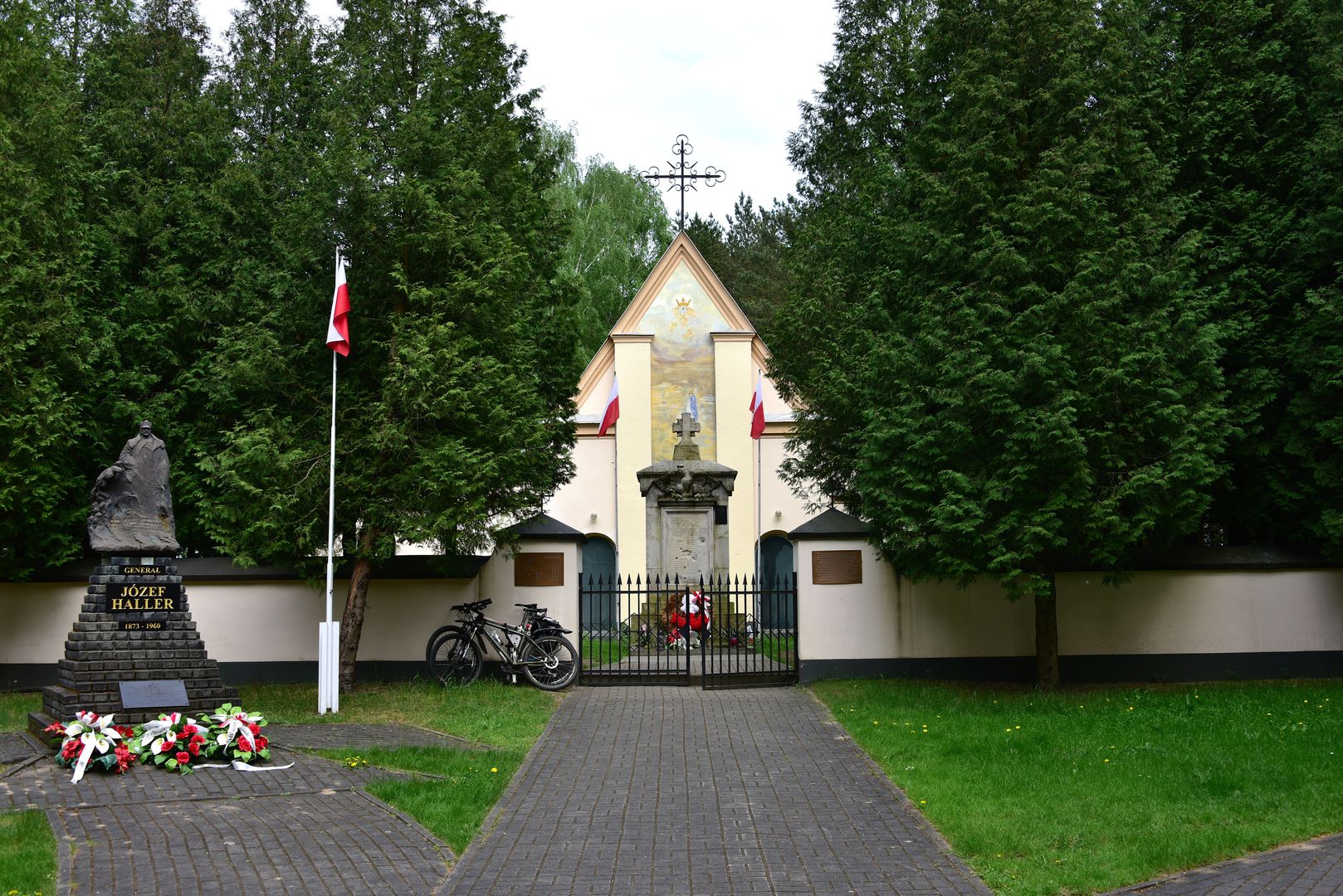Ossów
6.04

Overview
Ossów is a sołectwo (administrative village unit) located in the Masovian Voivodeship, in Wołomin County, known primarily for the historic Battle of Warsaw in 1920. The settlement was founded in the early 16th century as a noble village, and its development was significantly disrupted by wars such as the Swedish Deluge and the Kościuszko Uprising. In the 19th century, Ossów became a peasant village, and the communication route to Warsaw played an important role in its growth. In the 20th century, various armies passed through Ossów, including part of Napoleon's Grande Armée. After World War I and during World War II, the village was ultimately destroyed, but in the post-war years, it experienced rapid development, especially after the electrification of the railway. Ossów became a site for commemorating the anniversary of the Miracle on the Vistula, attracting numerous tourists and hosting various events such as the Polish Cavalry Formation Championships. The village is home to the Father Ignacy Skorupka Primary School and a Volunteer Fire Department. A cultural highlight is the Museum of the Battle of Warsaw 1920, which is currently under construction. Ossów also features the Cemetery of Those Who Fell in the Battle of Warsaw, honoring the events of 1920 and Chaplain Ignacy Skorupka. Each year, solemn masses and wreath-laying ceremonies take place, along with the Youth Rally of the Warsaw-Praga Diocese. In 2007, the Parish and Sanctuary of Our Lady of Victory were established, and in 2012, a monument to President Lech Kaczyński was unveiled. An interesting fact is the Masts of the Century, erected on the grounds of the future museum, which will be the tallest flagpoles in Poland. Thus, Ossów is a place rich in history, with numerous monuments and events commemorating important moments in Polish history.
Location
District
Białołęka
Tertiary Administrative Division
Wolomin
County
Mińsk County
State
Masovian Voivodeship
Country
2025 Wizytor | All Rights Reserved